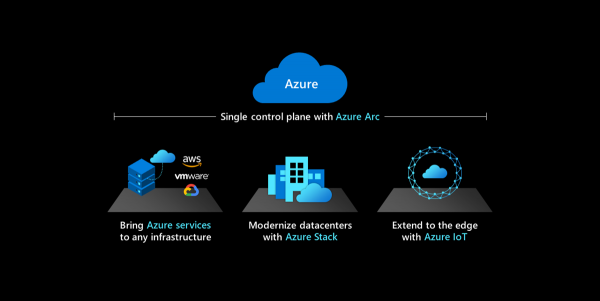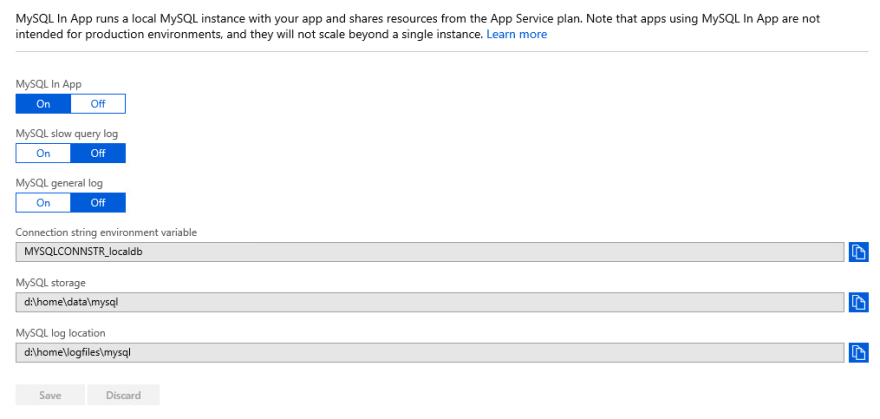


Once you see the message that Azure has successfully completed the restore, open the URL of the deployment slot in the browser of your choice. Check the setting again to make sure you don't overwrite anything you still need, and a data loss results from that! At "Ignore Conflicting Hostnames on Restore" you select "Yes" and start the restore. In addition, you must make sure that you select the correct deployment slot in the following dropdown. Under "Restore destionation" it is now extremely important that you select "New or existing app". Now select the desired backup in the dropdown, which you want to restore and test. Navigate to the menu item Backup and select Restore. Now restore the app service to the deployment slot prepared earlier. Then assign Traffic as a percentage to the slot, for example 20. In this example I use the already existing slot "ygr-tech-blog-Dev". Then create a new deployment slot, or use an already existing one. Open the app service for which you want to check the backup and restore.
AZURE MYSQL IN APP HOW TO
If that's not the case, you can check out this link to learn how to set one it up in just a few steps! This guide assumes that you have already successfully set up the App Service backup.

Deployment slot to restore the app service The following tutorial shows how you can test what problem occurs and how restoring the Azure App Service MySQL in-app database works anyway. This is because the database is not restored during the restore, only the backed up file structure. But when testing the restore, the surprise that WordPress needs to be reinstalled. This backup also includes the MySQL in-app database, which is often used for a simple WordPress site. The Azure App Service offers the possibility to have backups created automatically by Azure.


 0 kommentar(er)
0 kommentar(er)
